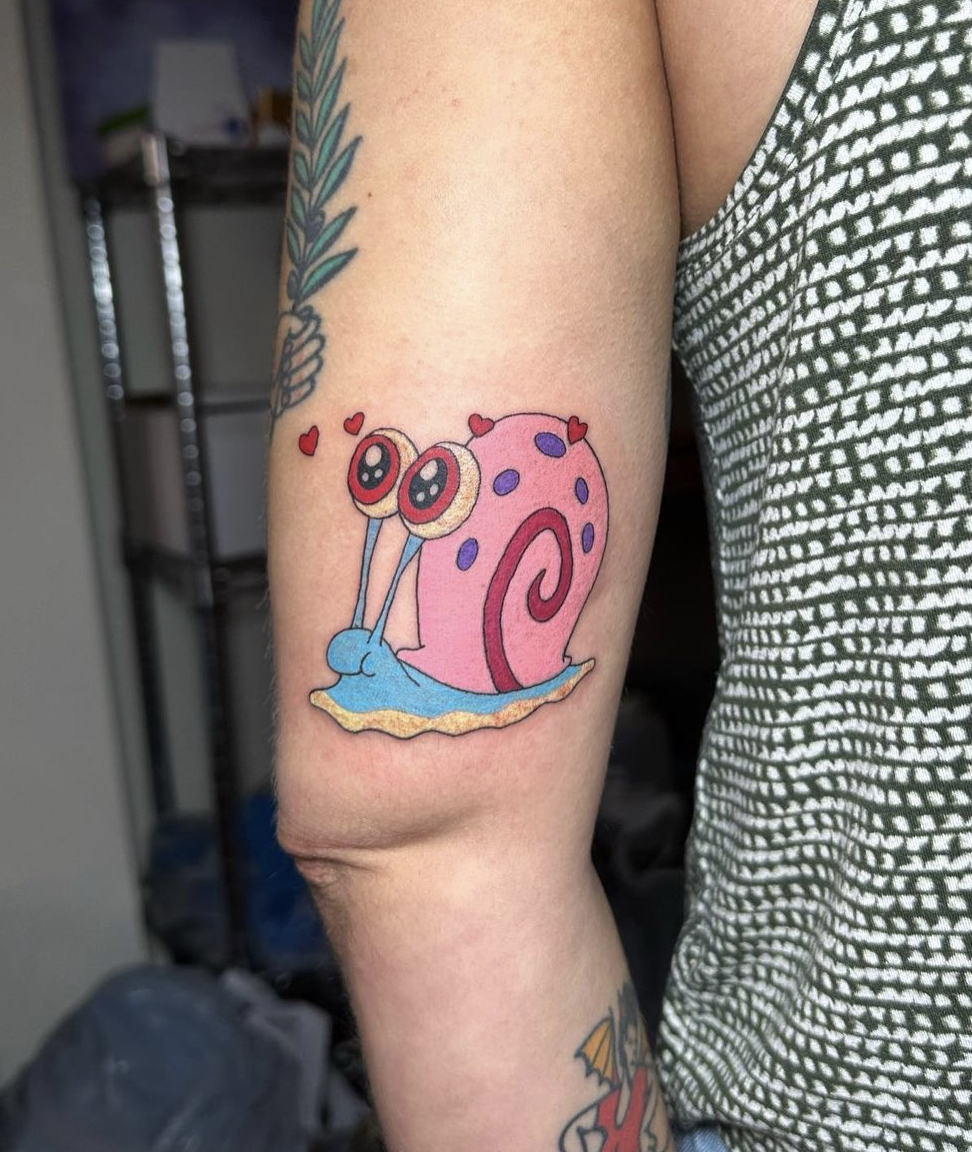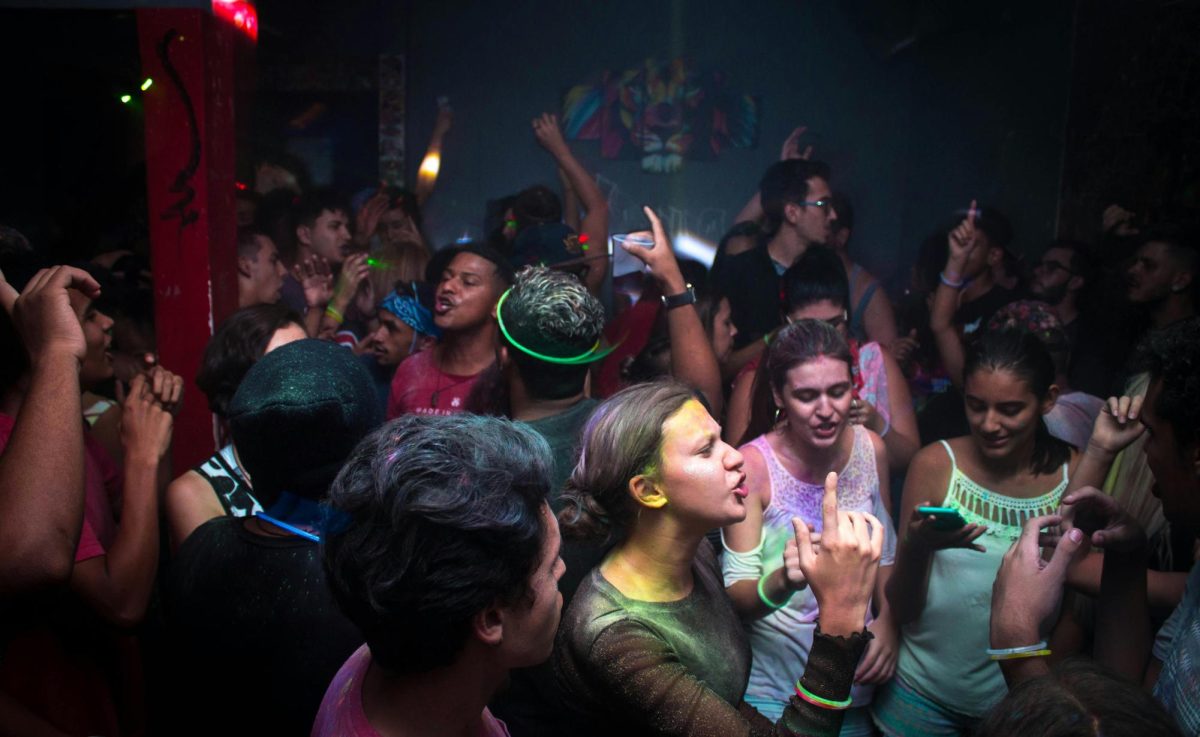Generation Z has spent the past few years developing a tattoo and piercing aesthetic that no other generation has truly been able to duplicate. Ranging from a full sleeve of patchwork to a nasallang or bridge piercing, University students on the New York City campus have it all and share some advice on the do’s and don’ts of achieving the Gen Z body-mod art aesthetic.
In 1997, tattoos became legal in NYC after being banned across all five boroughs in 1961 for 21 years due to a Hepatitis B outbreak. However, tattoos were already making a heavy advancement in popularity during the late 1850s due to the opening of the first few NYC tattoo parlors. In past years, tattoos and piercings were seen as rebellious or sacrilegious, being commonly associated with masculinity. They were viewed as having a specific relation to sailors, criminals and circus performers, though in today’s society, cultural attitudes toward body modifications have changed vastly.
In relation to art, tattoos are seen as a way of expression, and now hold a non-degrading attribute associated with identity. It can be challenging to pinpoint the distinct moment that caused a shift in how tattoos are understood. Still, it is important to note that this change can be a finicky thing depending on the cultural, generational or religious gap between people. That is why it’s important to trace this trend’s evolution.
Gen Z-ers are best known for their lively outward appearances and outrageous use of slang; however, their most common generational fad is body art, which a vast majority of Gen Z college populations succumb to.
When interviewing a group of students on why they felt so inclined to get multiple piercings or tattoos, they said, “I feel like it’s such a common thing in our generations that, now, if I didn’t have a tattoo or piercing, I would be seen as unfashionable.”
Another student interrupted, saying, “Yeah, I also feel like they’re just super cute, and people don’t take them as seriously or as rebelliously as they used to. Sometimes, I even feel like Gen Z is starting to forget about the consequences of our actions. Because, if I’m being honest, there are very few things that deter us from doing what we want to do.”
In recent years, the University’s Student Government Association has had an annual event allowing students to get either a new tattoo or piercing for free. Coupons are given out by a nearby shop, Live By The Sword, making it evident that the Gen Z aesthetic has emerged into the University’s culture.
Ana Rowe, a second-year at the University, said, “If I see someone here with some tattoos or piercings, I can automatically assume that at least one or two of them were done [there]. That’s where everyone goes. And I can confidently say that because that’s where I went to get most of my piercings and first tattoo.” She goes on to say, “It also feels like everyone just has a bunch of patchwork.”
Patchwork tattoos are small to medium-sized (sometimes large) that are arranged closely to one another, but not touching, to create a type of tattoo sleeve. There is no specific motive for the themes or elements that go into the tattoos, yet some collages do have special meaning for the wearer, i.e. their angel number, an astrological symbol, abstract shapes, or an ode to a specific artist.
As opposed to a traditional tattoo sleeve with no space between images, patchwork incorporates a variety of images, styles and themes into a cohesive and visually interesting design that is both unique and visually striking.
As far as piercings go, University students have been spotted bearing a plethora: eyebrow, nose, septum, medusa, labret, tongue, smiley, belly button and nipple piercings, not to mention every ear piercing that could ever exist.
When asking students what advice they would give to people in Gen Z who are thinking about getting a tattoo or a piercing, Sophomore Bella Barbarito said, “Just make sure it’s something that you love or, at least, something that you wouldn’t regret getting later down the line.”
Although Gen Z has a tendency to focus on the fashion fad of oversized and thrifted clothing, tattoos and piercings are the most prominent part of this generation’s physical appearance. In the future, body art may continue to evolve and trends will continue to change, but as for present-day Gen-Zers, this is a craze that is not likely not going anywhere.






